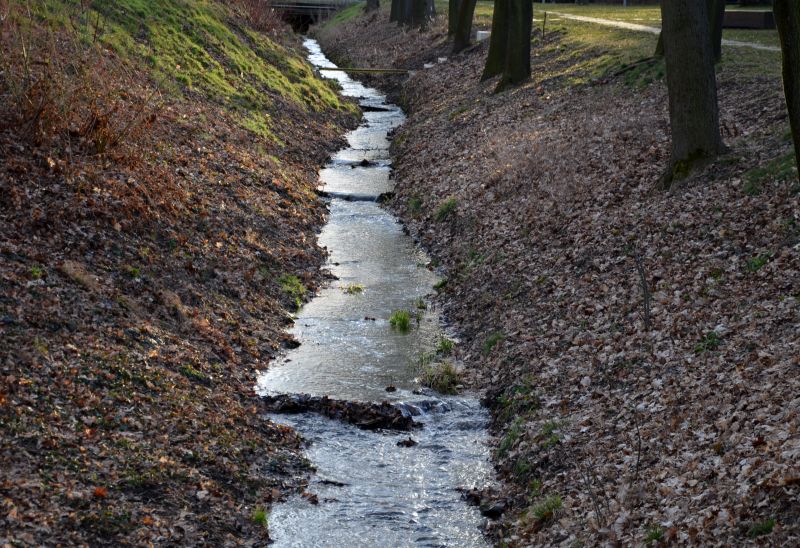Expert Picks for Outdoor Drainage Installation Tools and Materials
Get insights into the most trusted tools and materials used by professionals to achieve durable and efficient drainage systems.
 Outdoor drainage installations are essential for managing water flow around residential, commercial, and public properties. Proper drainage helps prevent water accumulation that can lead to erosion, flooding, or damage to structures. Selecting the right products for outdoor drainage involves understanding various options designed to direct, control, and disperse water effectively across different terrains and conditions. From simple surface drains to complex underground systems, the range of available products caters to diverse installation needs.
Outdoor drainage installations are essential for managing water flow around residential, commercial, and public properties. Proper drainage helps prevent water accumulation that can lead to erosion, flooding, or damage to structures. Selecting the right products for outdoor drainage involves understanding various options designed to direct, control, and disperse water effectively across different terrains and conditions. From simple surface drains to complex underground systems, the range of available products caters to diverse installation needs.
Types of Products For Outdoor Drainage Installations
Surface Drainage Grates
Surface grates are installed over drains to prevent debris entry and facilitate water flow from surfaces like driveways and sidewalks.
Underground Drain Pipes
These pipes are used to transport water beneath the surface, helping to direct runoff away from structures and landscaped areas.
Catch Basins
Catch basins collect surface runoff and debris, providing a point of entry for water into underground drainage systems.
French Drains
French drains consist of perforated pipes surrounded by gravel to redirect groundwater and surface water away from problem areas.
Drainage Channels
Channels are designed to guide water along designated paths, often made from concrete or plastic for durability.
Rain Gutters and Downspouts
These systems collect rainwater from roofs and direct it away from foundations to prevent water intrusion.
Perforated Pipe Sleeves
Sleeves provide additional protection for perforated pipes, preventing clogging and damage from soil or debris.
Drainage Mats and Geocomposites
These products help improve water flow and prevent soil erosion in landscaped areas.
Surface Water Diverters
Designed to redirect excess surface water, these diverters protect structures and landscape features.
Erosion Control Blankets
Erosion control blankets stabilize soil and facilitate water drainage in disturbed or sloped areas.
Flexible Drainage Pipes
Flexible pipes adapt to various installation paths and are useful for complex drainage layouts.
Outlet Catchment Systems
These systems help disperse collected water safely into the environment or drainage networks.
Stormwater Management Systems
Comprehensive solutions designed to handle large volumes of runoff, often integrating multiple drainage components.
Drainage Baskets
Baskets are used to prevent debris from clogging underground drainage pipes and systems.
Channel Grates
Heavy-duty grates that cover drainage channels, providing durability and safety in high-traffic areas.
Popular Choices
Widely used for underground drainage, these pipes help manage groundwater and surface runoff effectively.
Commonly installed over surface drains to prevent debris entry while allowing water flow.
Popular for resolving drainage issues around foundations or low-lying areas, these kits simplify installation.
Essential for directing roof runoff away from structures, helping to prevent water intrusion.
Used in driveways and walkways to channel water efficiently and reduce pooling.
Effective for collecting surface runoff in large areas, preventing erosion and water damage.
Popular for slope stabilization and soil retention in disturbed areas.
Integrated solutions that address large-scale runoff, often used in commercial projects.
Help in evenly dispersing collected water into the environment or drainage networks.
Prevent debris accumulation in underground pipes, maintaining system efficiency.
Heavy-duty grates suitable for high-traffic outdoor areas requiring durable drainage covers.
When planning an outdoor drainage system, it is important to evaluate the specific challenges of the site, such as slope, soil type, and water volume. Properly installed drainage solutions can improve property longevity and safety by reducing water-related issues. It is also necessary to consider ease of installation, durability, and maintenance requirements of the products chosen.
Overall, a well-designed outdoor drainage setup combines multiple product types to create an efficient water management system. This might include surface grates to channel water away from walkways, underground pipes to carry water to designated outlets, and catch basins to collect runoff from large areas. Understanding the different applications and features of these products can help in making informed purchasing decisions that suit the specific needs of each project.
Key Buying Considerations
- Assess the volume of water that needs to be managed to select appropriately sized products.
- Evaluate the terrain and slope of the installation site to determine suitable drainage solutions.
- Consider the material durability, especially resistance to corrosion, UV exposure, and physical impact.
- Identify whether surface or underground drainage products are needed based on the area and purpose.
- Check for ease of installation, especially if DIY setup is planned, and whether specialized tools are required.
- Look into maintenance requirements for the chosen products to ensure long-term effectiveness.
- Ensure compatibility with existing drainage systems or landscape features for seamless integration.
- Consider the aesthetics and how the drainage components will blend with the landscape or property design.
- Review local regulations or codes related to outdoor drainage installations to ensure compliance.
- Factor in the environmental conditions, such as soil type and water flow patterns, to optimize performance.
- Determine if additional accessories like grates, filters, or protective sleeves are necessary.
- Evaluate the potential for clogging and whether products include features to minimize debris buildup.
- Think about future expansion or scalability if property drainage needs grow over time.
- Compare warranties or guarantees offered by manufacturers to gauge product reliability.
- Budget considerations should include both initial installation costs and ongoing maintenance expenses.
